Was the Trojan Horse Trick Real?
The saga of Troy was catapulted into historical consciousness by Heinrich Schliemann’s archaeological discoveries in 1873. It remains a captivating riddle over 3,000 years after the city’s fall.
Troy is now generally accepted as having been a real, historical city. But what about the Trojan horse? Was it a historical reality, or a symbol used to enhance stories? Let’s take a look.
The Trojan War: A Very Short Summary
The legendary Trojan War blends history and mythology, and originated with the abduction of Queen Helen by the Trojan prince Paris. King Menelaus sought her retrieval, leading Agamemnon to assemble a Greek hero coalition. The siege of Troy, lasting over 10 years, was packed with incredible events, including Hector’s death and Achilles’ near invincibility.

Auktionhaus Michael Zeller/Wikimedia Commons
After a decade of fighting the Greeks were still unable to breach Troy’s walls. This is when they devised the Trojan Horse strategy. A massive wooden horse would be left outside Troy’s gates and contain hidden Greek warriors. The Greeks pretended to retreat, sailing to the nearby island of Tenedos and leaving behind Sinon. Sinon convinced the Trojans to accept the horse as an offering to Athena. At night, the warriors inside the wooden horse emerged, opened the gates, and the army sacked the city.
Who Was Heinrich Schliemann? Why Did He Search for Troy?
Heinrich Schliemann was a 19th-century adventurer, linguist, and amateur archaeologist. He is renowned for discovering the ancient city of Troy, an expedition characterized by fascination, clumsiness, and controversy.
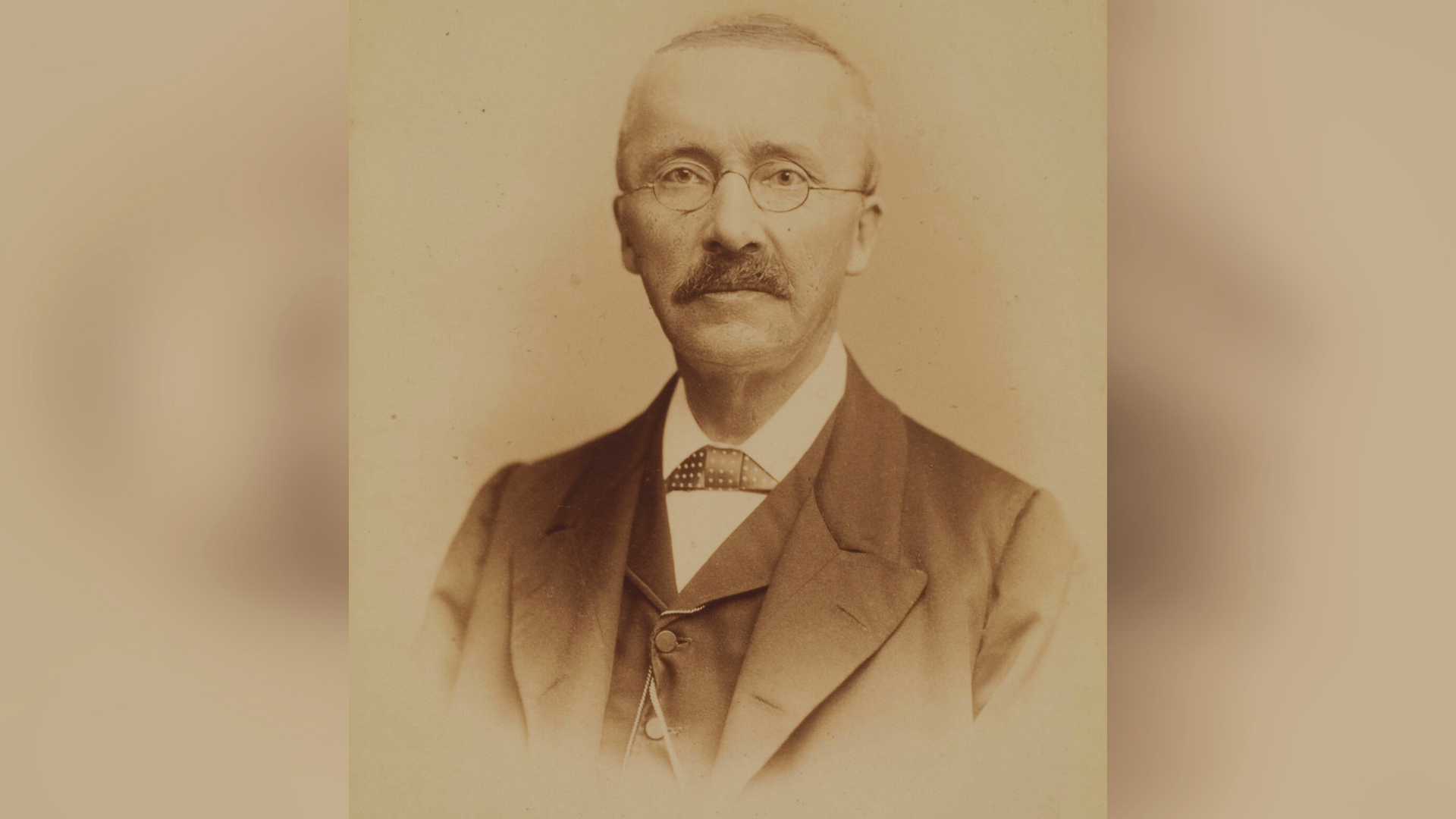
Heidelberg University/Wikimedia Commons
Schliemann was inspired by the forbidden love story of Helen of Troy and Paris in Homer’s Iliad and embarked on a quest to find archaeological evidence of the legendary city. To finance his search, he entered business and amassed considerable wealth.
Schliemann Discovers Troy
In 1871, at 49, Schliemann excavated Hisarlik in present-day Turkey, believing it to be the correct site of Troy. His initial findings uncovered a Bronze Age layer linked to Homer’s tales. After digging even deeper, he found “Troy II,” an older city dating to about 3000 BCE.
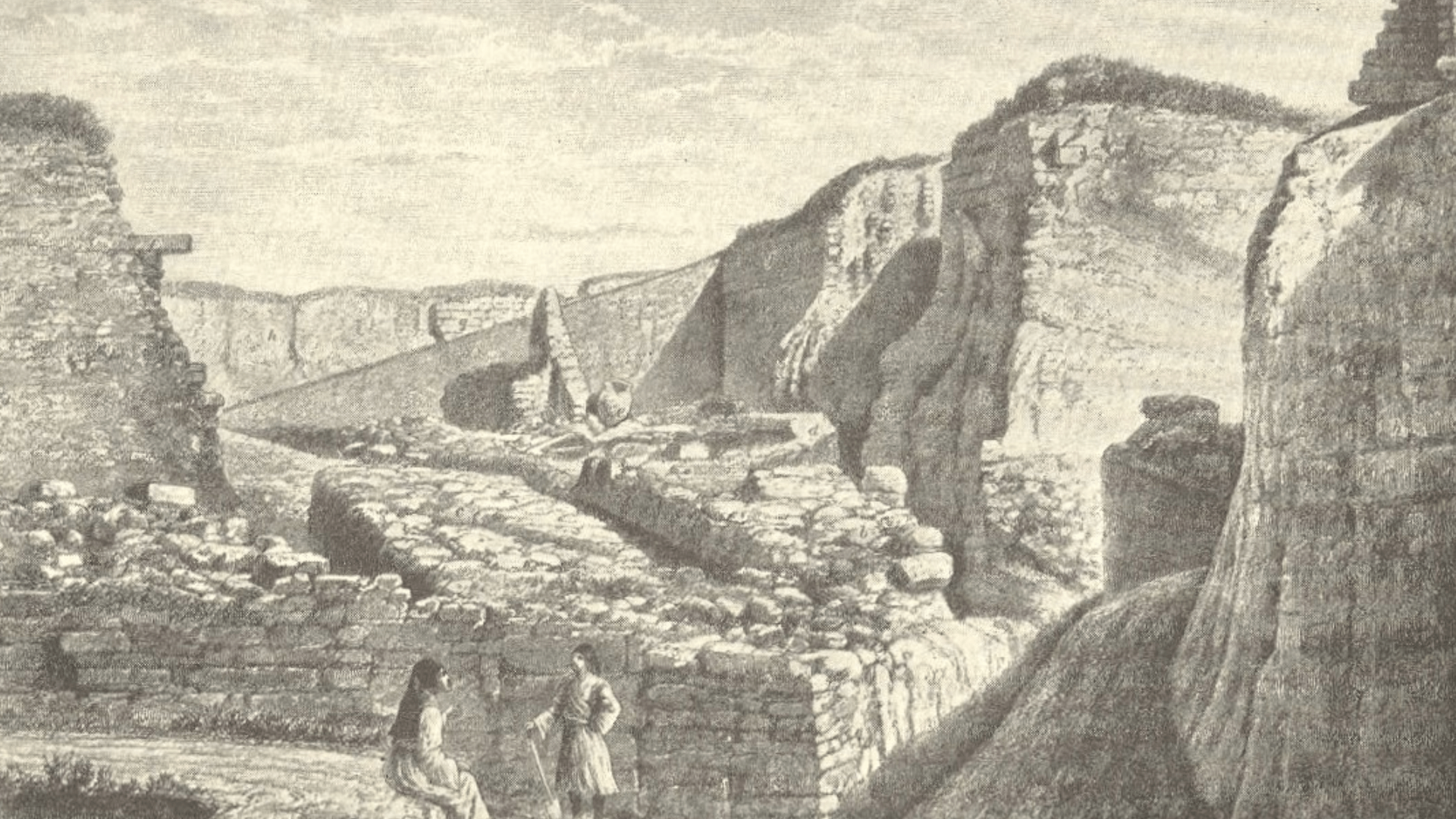
Emil Ludwig/Wikmedia Commons
Notably, the excavation yielded the famed “Treasure of Priam,” featuring gold and silver objects. Despite Schliemann’s lengthy notes which contained exaggerations and omissions, he left a significant impact on archaeology. Notably failing to credit expert Frank Calvert, who provided him with crucial information, Schliemann did popularize the belief in the tangible reality of ancient texts and inspired others to search for ancient sites.
The Specifics of Troy’s Destruction are Still Unclear
The ruins at Hisarlik in modern Turkey provide tangible evidence of a grand civilization’s demise around 1275-1260 BCE, but the specifics of Troy’s destruction remain uncertain.

WorthPoint/Wikimedia Commons
The Trojan War, alluded to in Homer’s Iliad, may have left its mark on the city’s damaged walls, but the cause—be it the famous horse, a natural disaster, or some other unknown catastrophe—is yet to be conclusively deciphered.
The Iconic Trojan Horse
Central to the Trojan War narrative is the iconic wooden horse, a symbol forever etched in historical lore. The Roman poet Virgil tells us in the Aeneid that it was used as a trick to help the Greeks finally sack Troy–they hid within its belly and slipped out at night to open the city’s gate to an awaiting army. Its authenticity and role in the siege, however, remain subjects of debate.

Wadsworth Atheneum Museum of Art/Wikimedia Commons
Theories abound—was it a siege tower, battering ram, or a metaphor for an earthquake or a ship carrying Greek soldiers? Despite these interpretations, ancient depictions overwhelmingly portray the horse as a tangible entity with meticulous details.
Ancient Sources Paint a Vivid Image of the Trojan Horse
From the craftsman’s name (Epeius) to the timber’s origin (Mount Ida), and the horse’s mobility on wheels, the ancient accounts provide a vivid portrayal.
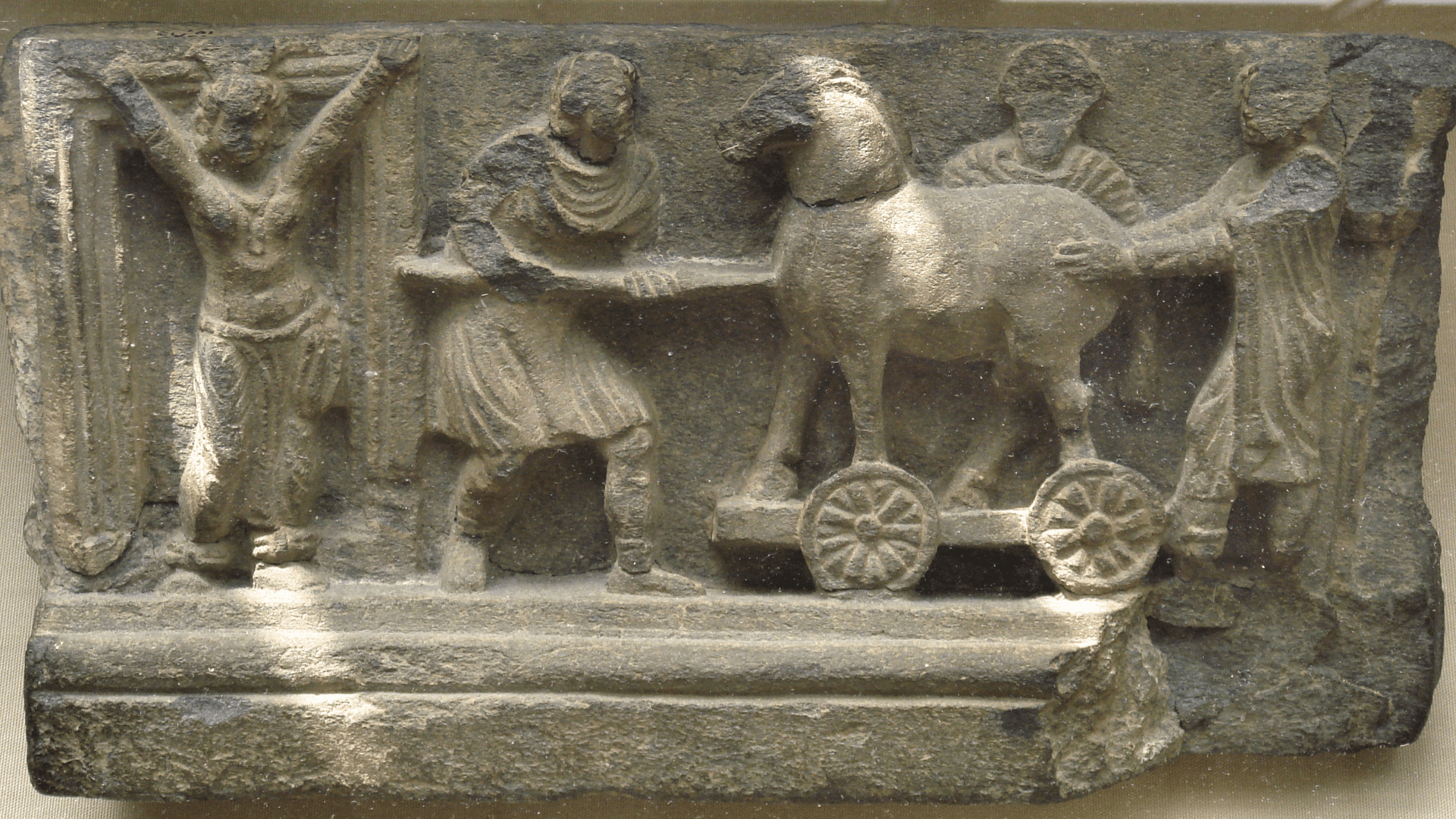
World Imaging/Wikimedia Commons
The ancient authors speak of the Trojan’s use of flaxen ropes to move the horse into the city. They provide details about its flexibility. Some sources even describe the horse’s side openings and the Greeks’ exiting using a rope or ladder. All of this emphasizes that it may have been a real historical object.
How Many Greek Fighters were Inside the Trojan Horse?
The number and identity of Greek fighters concealed within the horse continues to be debated.

Encyclopædia Britannica/Wikimedia Commons
Stesichorus, Apollodorus, and Quintus of Smyrna, along with Greek pottery, mention names like Odysseus but differ on the count of total soldiers—30, 50, or 100. The exaggerated 3,000 in one source can probably be dismissed. Still, even realistic numbers would make for cramped conditions, which makes ancient accounts of clanking weapons inside more reasonable.
Trojan Horse was Not Standard Military Practice
Despite the uncertainty surrounding the number of soldiers it carried, it’s obvious that the Trojan horse was not standard military practice.

Museo del Prado/Wikimedia Commons
Its success relied on Greek cunning and the element of surprise. That pretty much certifies it as a one-off trick rather than a repeatable battle strategy.
Why Choose the Shape of a Horse?
The choice of a horse shape for the deceptive ruse is worth investigating. Horses held significant cultural and practical roles during the late Bronze Age, a period concurrent with the Trojan War.
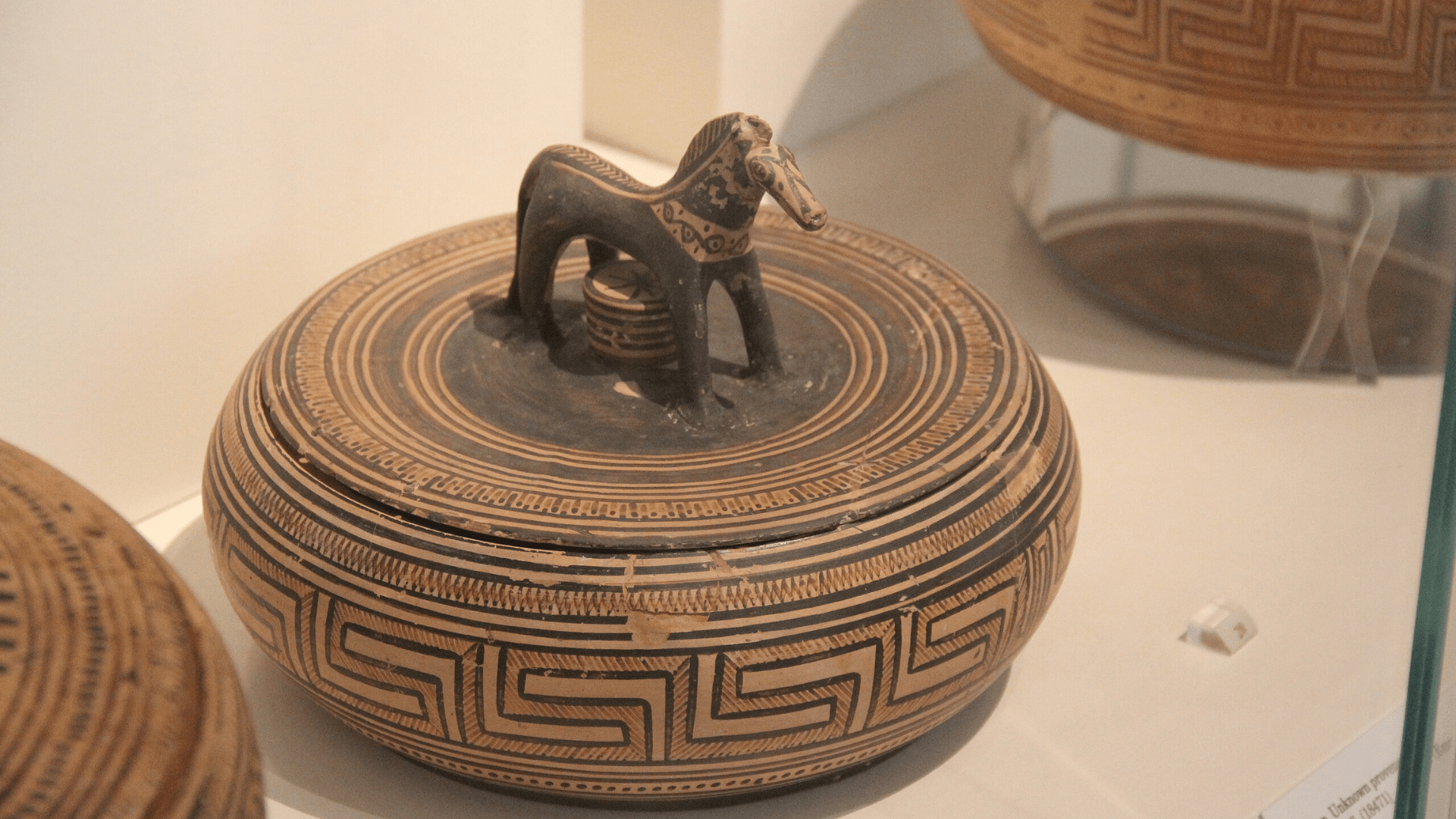
National Archaeological Museum of Greece/Wikimedia Commons
Horses were used as transportation, recognized as symbols of wealth, and were companions in war. They were, therefore, integral to Mediterranean societies. Much of the period’s painted pottery depicts mounted warriors and chariots, emphasizing the centrality of horses in warfare.
Greeks and Trojans Identified with Horses
The Homeric record, though written 500 years later, reflects an era where warriors identified with their horses. They likely viewed these companions as extensions of themselves.
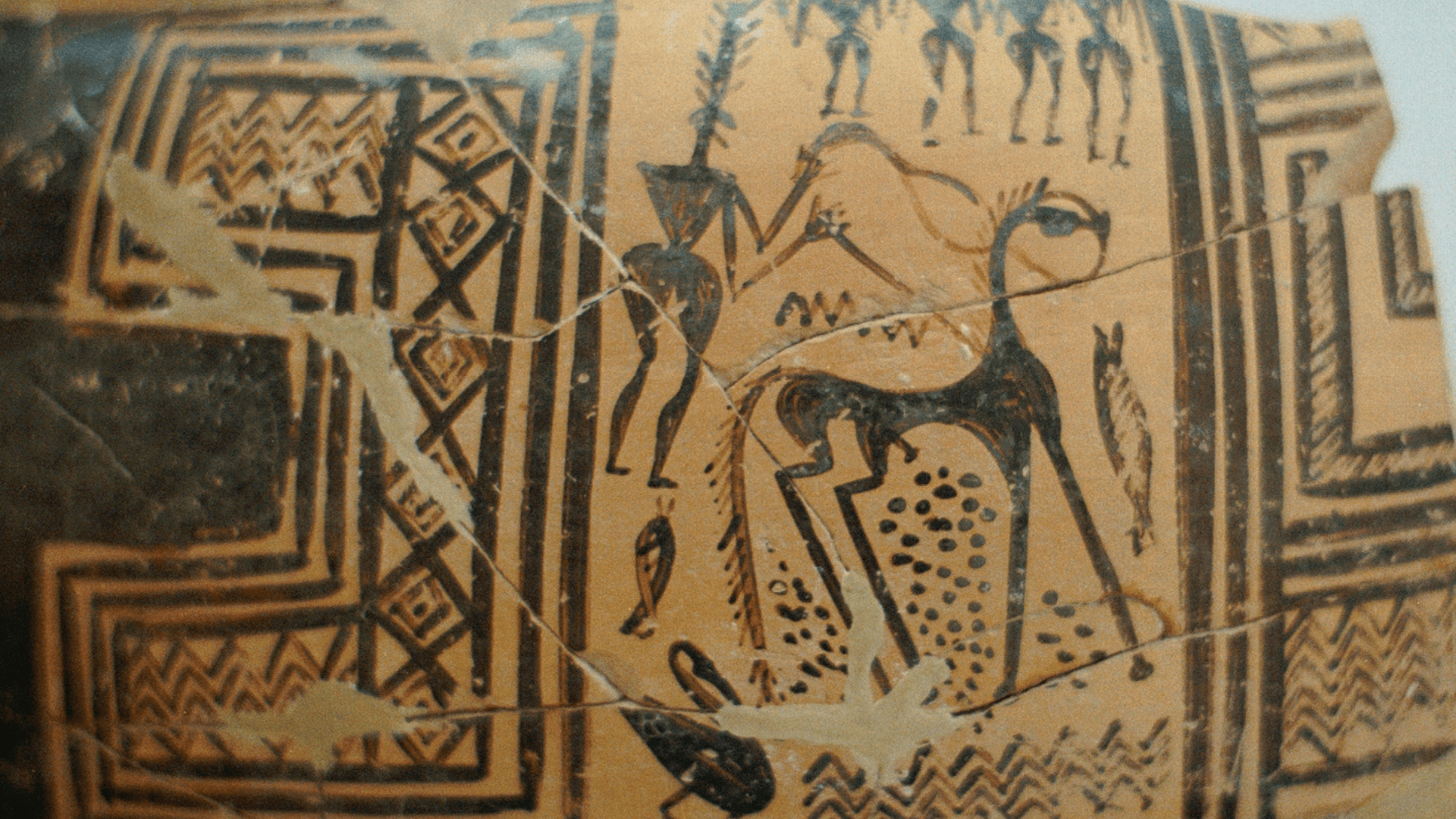
Archaeological Museum of Argos/Wikimedia Commons
Greeks and Trojans bearing horse-derived names further points to equine prominence, particularly among Trojans, referred to as “Tamers of Horses.” The Trojan horse can be interpreted not just as a literary device but perhaps as a representation of war itself.
Trojan Horse Tied to Athena, Assumes Divine Significance
The Trojan horse can also be said to assume divine significance, as it had close ties with the goddess Athena. Athena, associated with wisdom, warfare, and equine mastery, played a pivotal role in the horse’s construction, appearing in the craftsman Epeius’s dream.
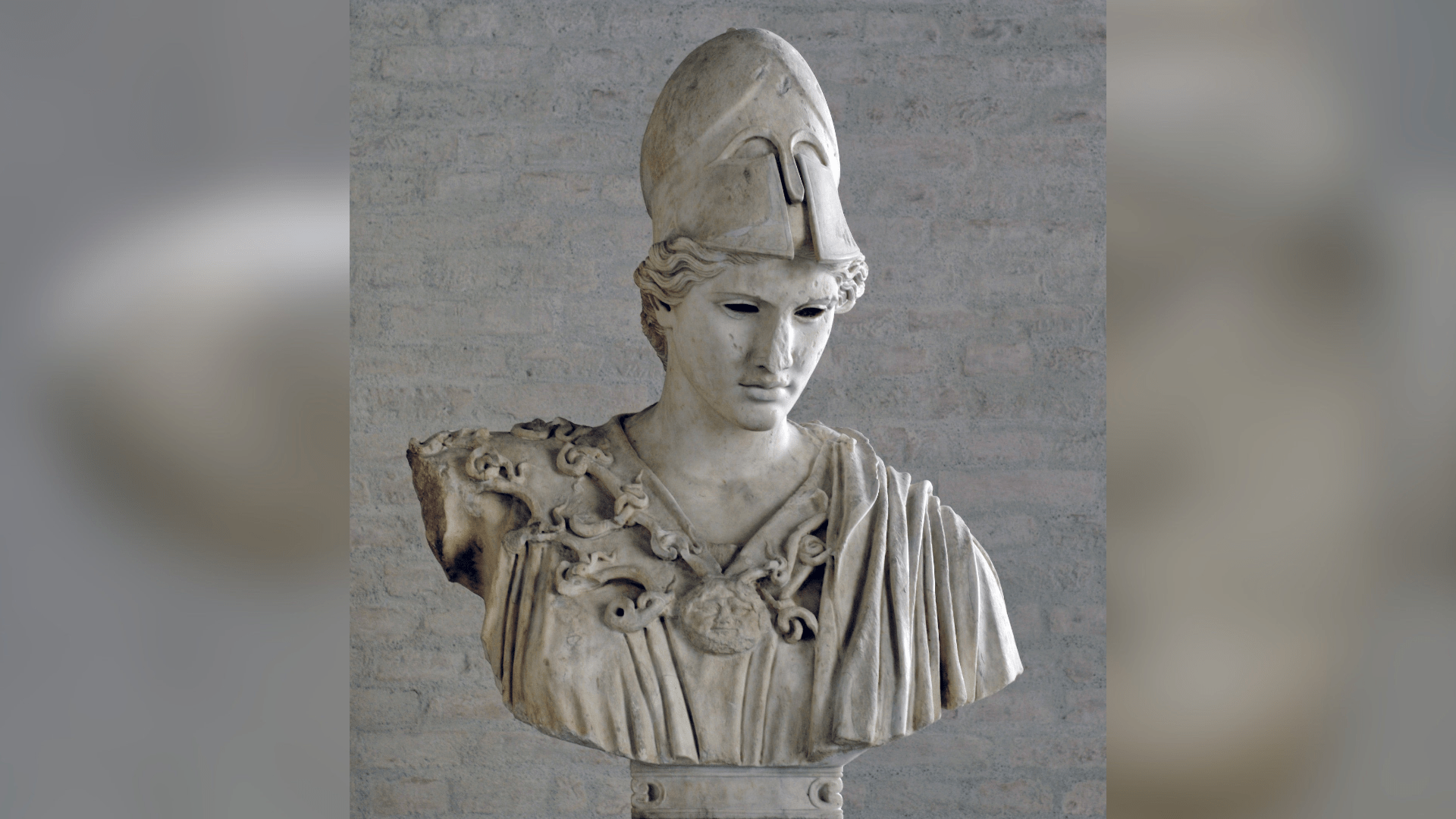
Glyptothek/Wikimedia Commons
When the Greeks left behind Sinon, he was able to convince the Trjans that the horse would be a gift to Athena. The horse, Sinon claimed, would make Troy unconquerable and atone for the Greek pollution of Athena’s temple. Of course, it was all a great ruse, a means to trick the Trojans into accepting their own downfall. Still, the Trojan horse can be seen as not just a human artifact but as a symbol of divine intervention.
The Historicity of the Trojan Horse Remains Unclear
The question of the Trojan horse’s historicity ultimately continues to elude scholars. The time gap between written accounts and the actual events makes complete certainty very difficult to obtain.
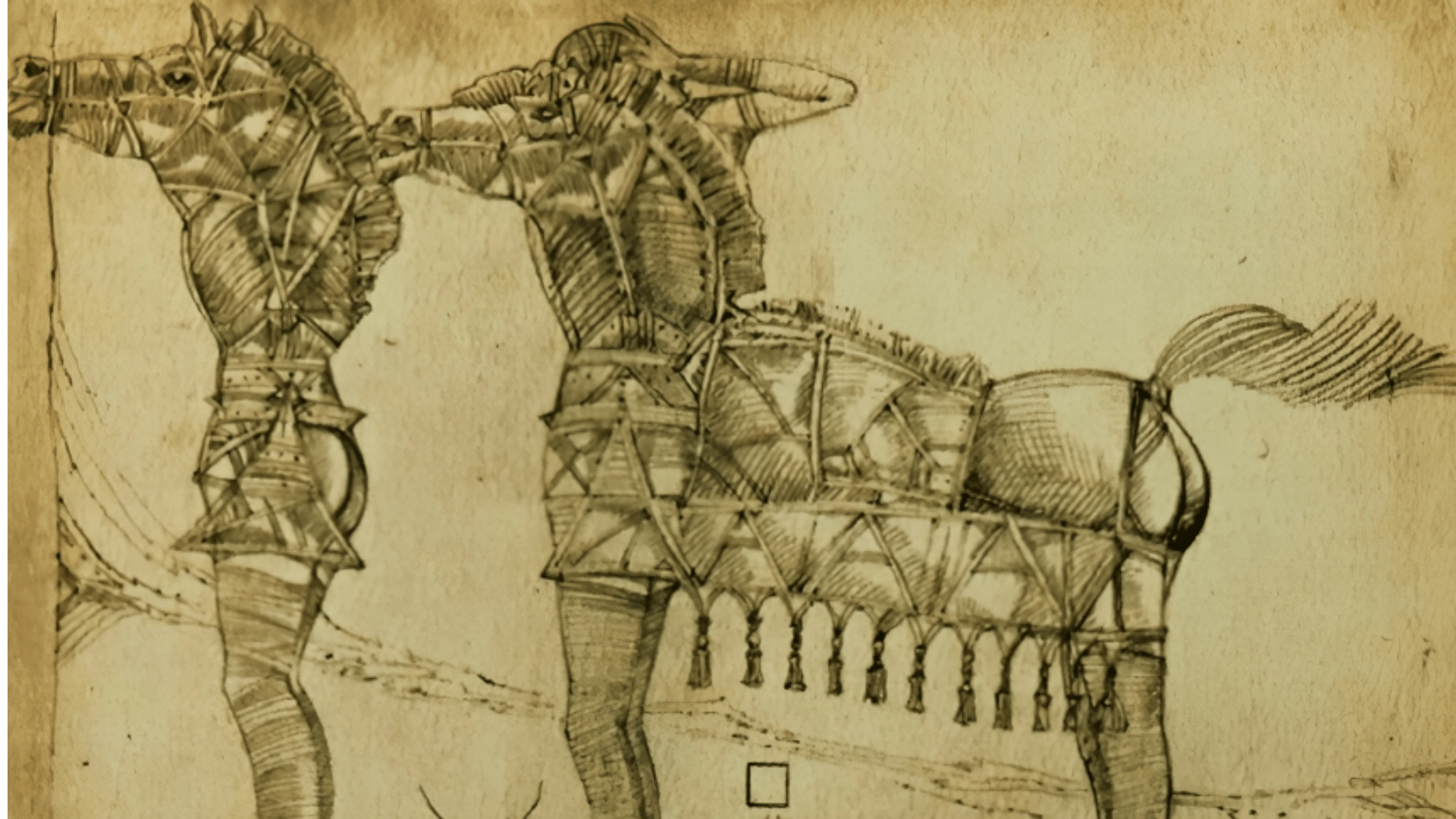
Paintgol/Wikimedia Commons
Whether real, a fantasy, or a blend of both, the tale of the Trojan horse continues to be a timeless story of daring, heroism, and cunning. It has resonated with ancient and modern audiences, suggesting that it embodies values that transcend time and place. It seems that the horse will continue on as a cultural mainstay into the foreseeable future.
In 2021, Archaeologists Claimed to have Discovered the Trojan Horse
In 2021, Archaeologists, reportedly from the Greek news site Naftika Chronika, claimed to have discovered potential remnants of the Trojan horse during excavations at the historical city of Troy on the hills of Hisarlik. The unearthed wooden structure, consisting of dozens of planks and beams up to 15 meters long, has been suggested as the legendary Trojan Horse.
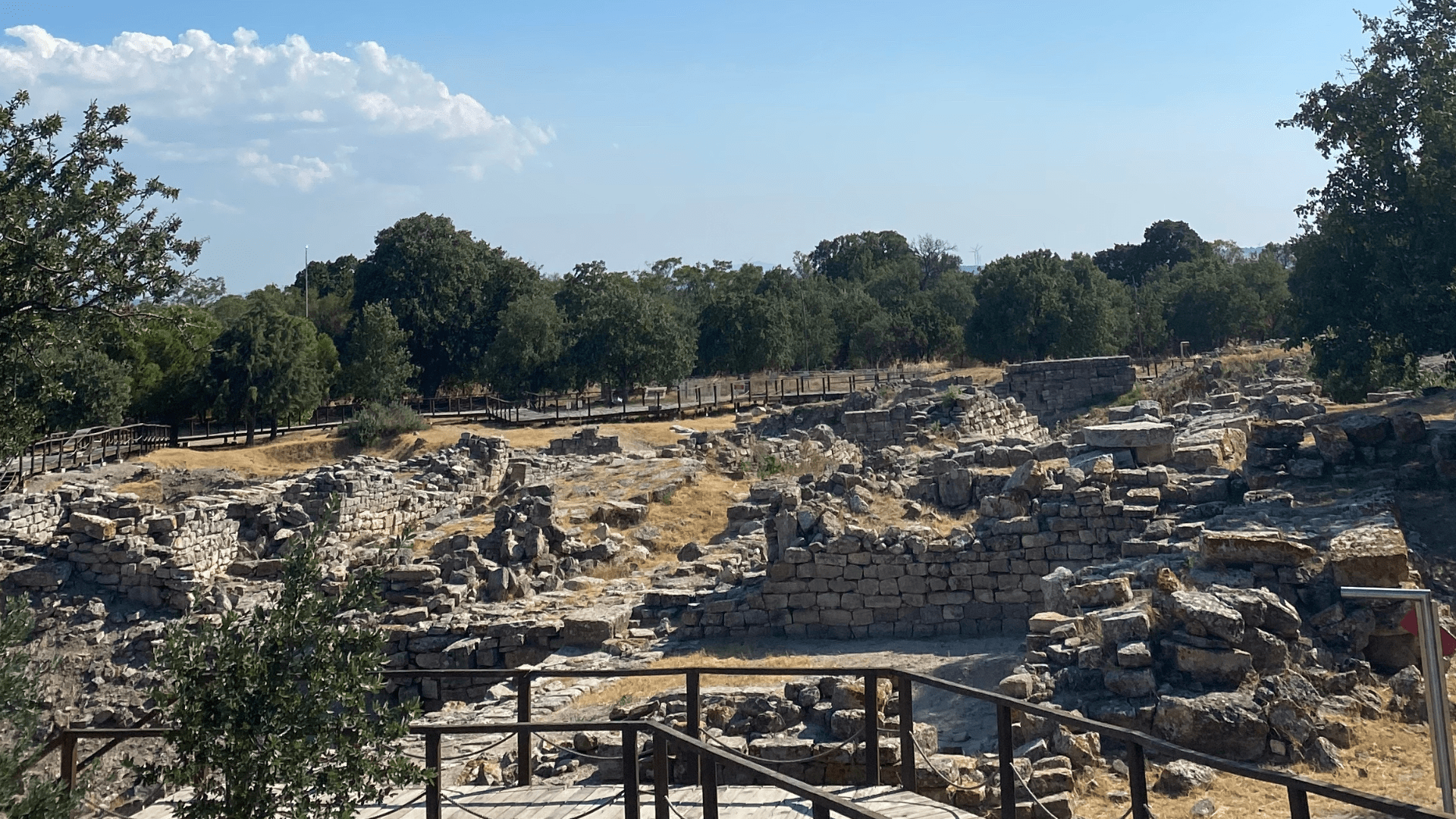
Kadı/Wikimedia Commons
Most serious archeologists and scholars are extremely skeptical, however, arguing that wood would not have endured over centuries, and the Trojan horse remains widely regarded as a myth rather than a historical fact.
